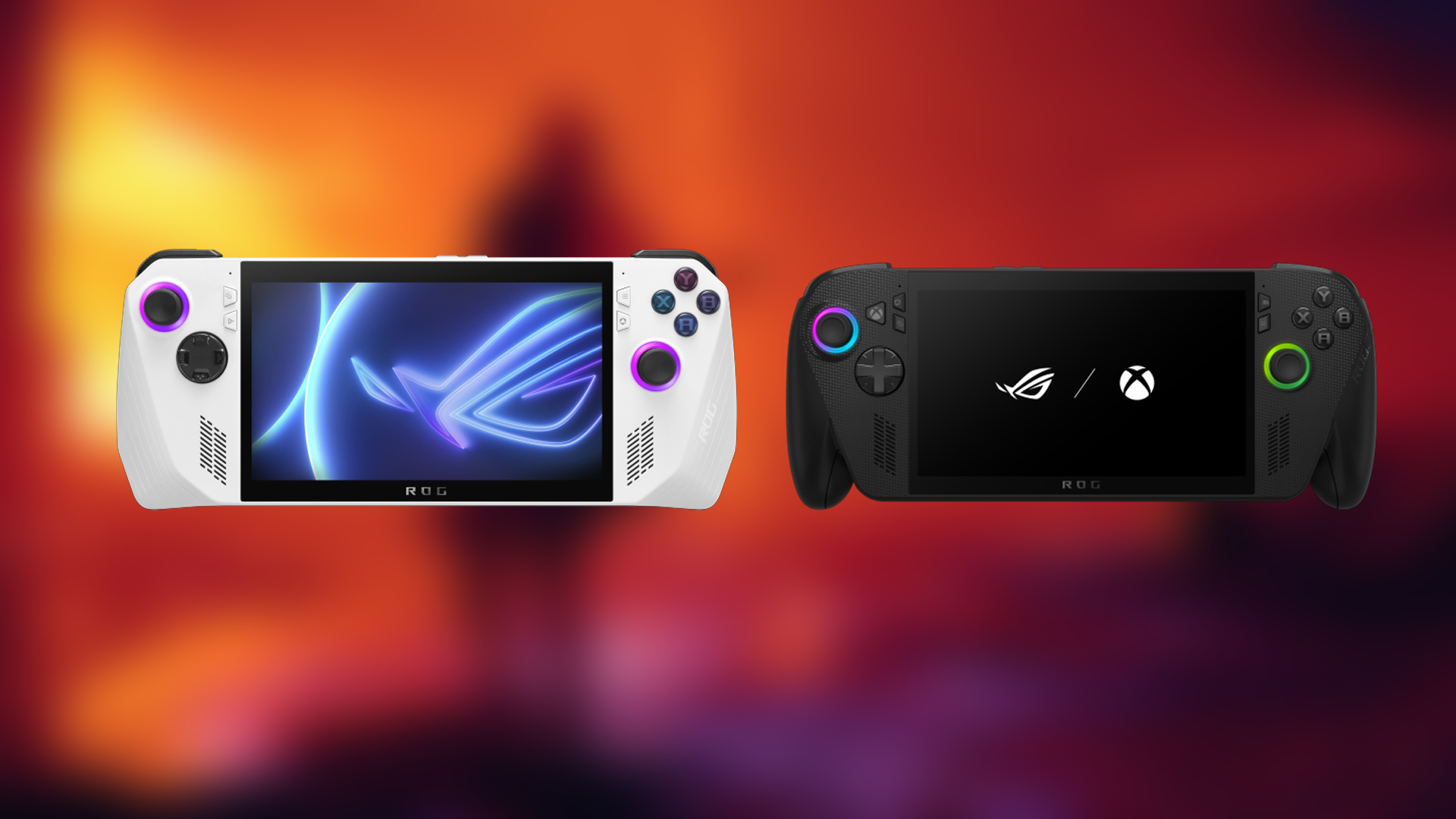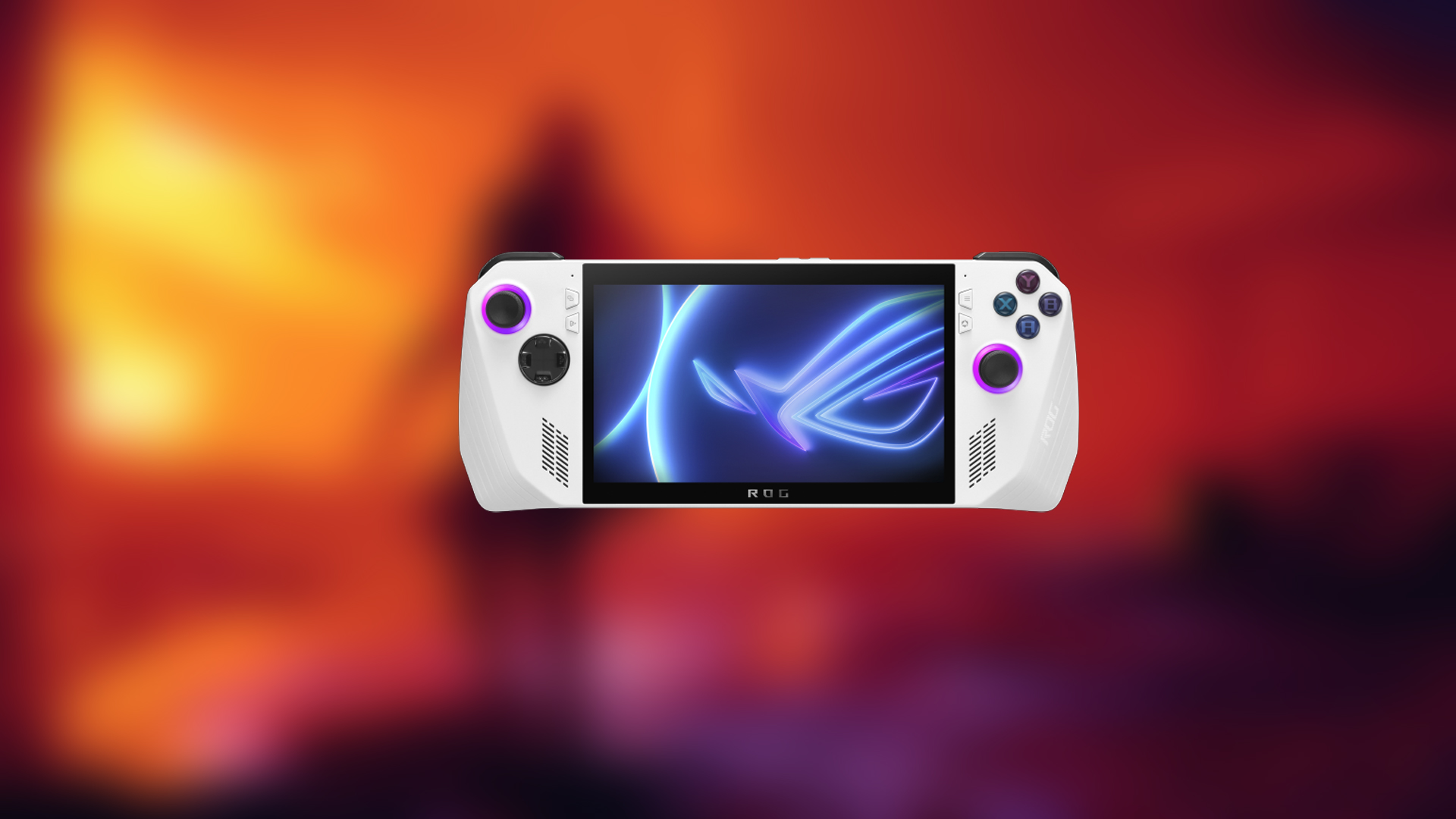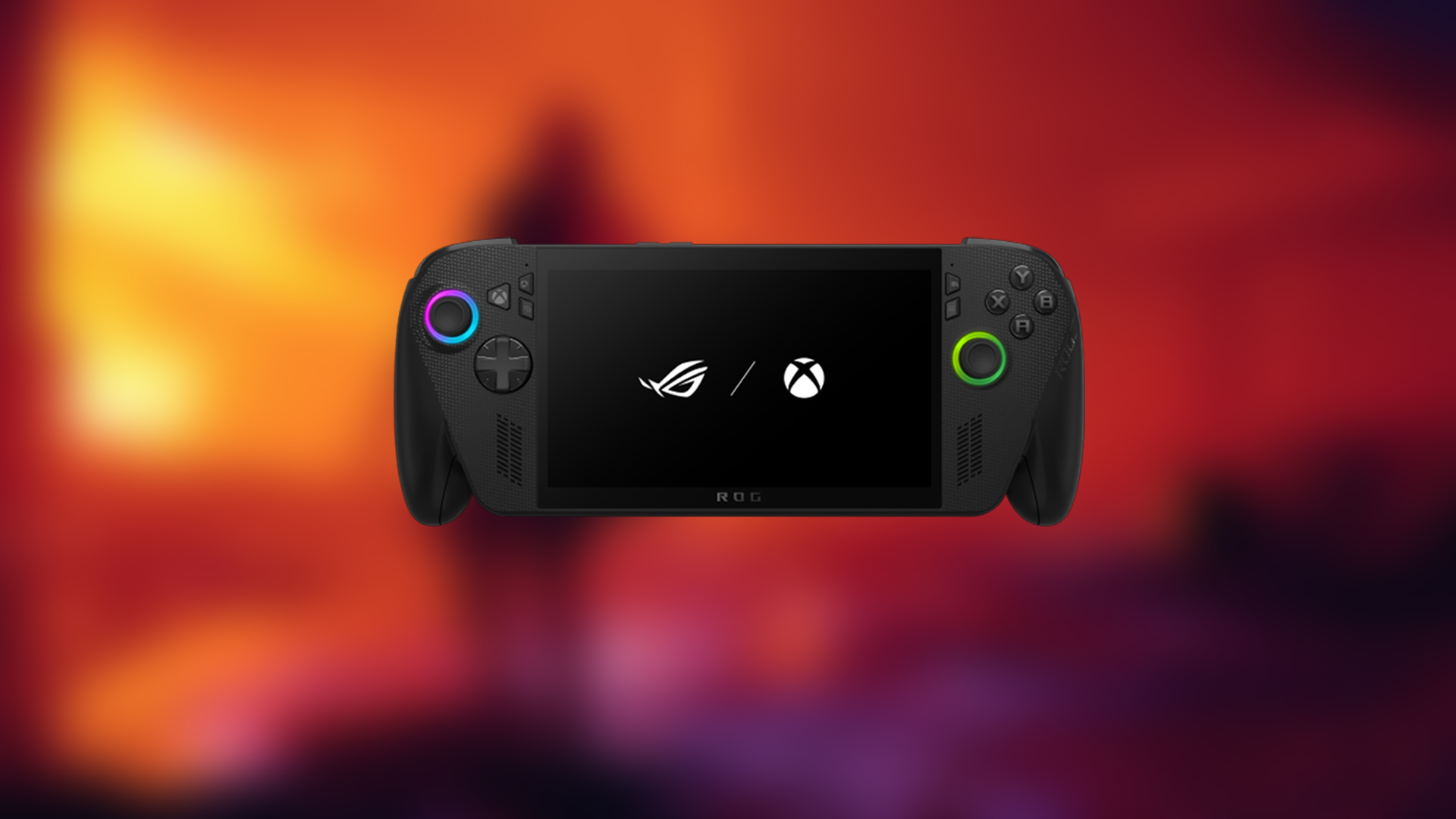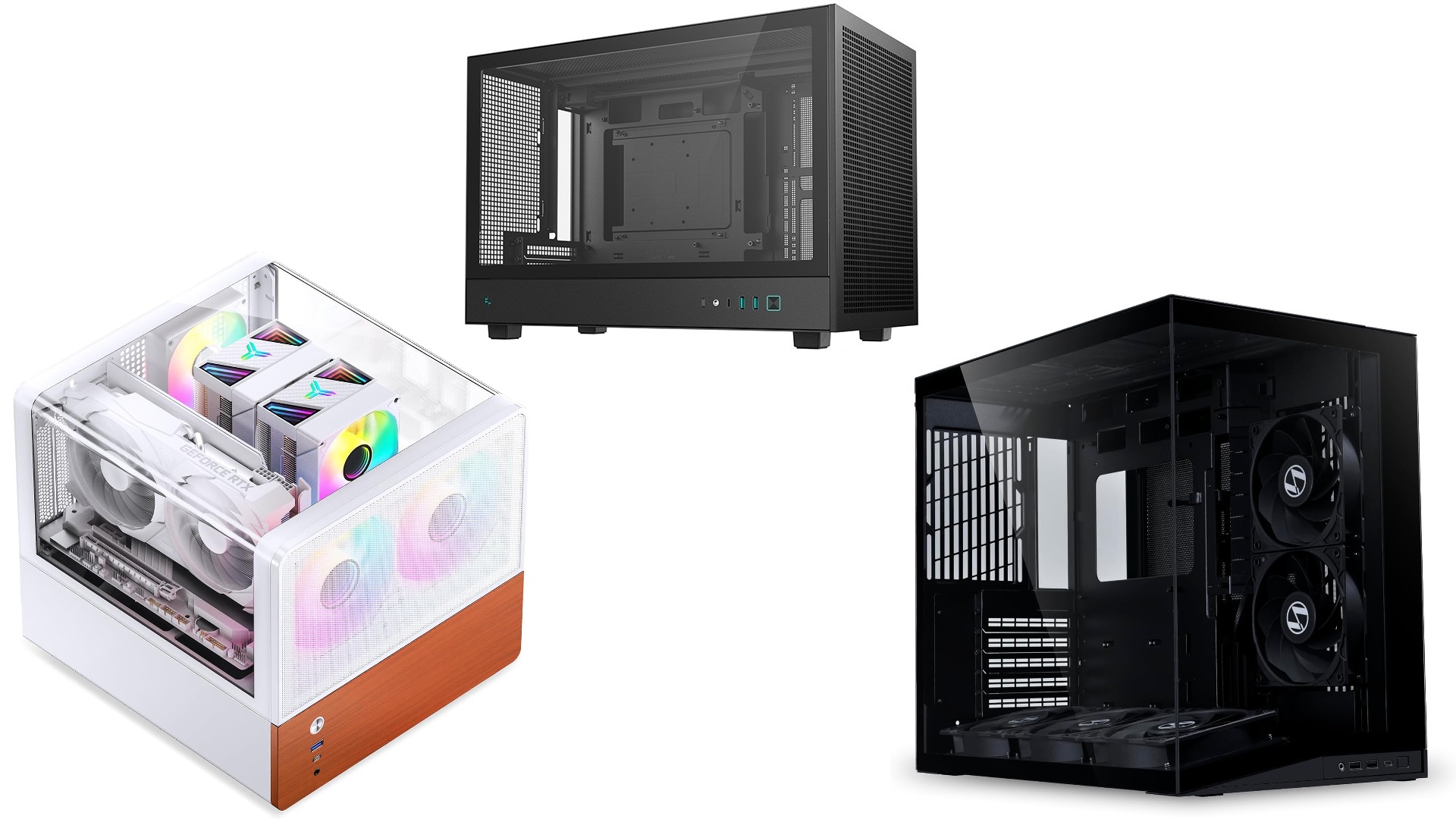Here’s everything you need to know about gaming performance, frame rates, and benchmarks on Radeon 890M and 780M.

The Radeon 890M and 780M are both RDNA 3-powered IGPUs and deliver incredible gaming performance. However, there are differences. Theoretically, both are RDNA 3-powered options, but deep down, the 890M is a refined iteration, and one can call it RDNA 3.5 or RDNA 3+ because it’s a different architecture built on a separate node. The 780M is already a good GPU, but the 890M makes things even better. By how much? You can find out below.
Read More: AMD Radeon 890M vs Intel Arc 140V: Integrated GPU Comparison and Performance
AMD Radeon 890M vs Radeon 780M: Detailed Comparison

The Radeon 890M can be found in Strix Point-based chips such as Ryzen Z2 Extreme or Ryzen AI 9 HX370. The 780M is on the Phoenix-based chips, such as Ryzen 7040/8040 series APUs and more. Below is a detailed comparison of the two.
Specs Comparison
| Specifications | AMD Radeon 890M | AMD Radeon 780M |
|---|---|---|
| Architecture | RDNA 3.5 (Strix Point) | RDNA 3.0 (Phoenix) |
| Shaders / Cores | 1024 (16 Compute Units) | 768 (12 Compute Units) |
| Clock Speed (Base/Boost) | 400-2900 MHz | 800-2700 MHz (configurable) |
| Texture Mapping Units | 64 | 48 |
| Render Output Units | 40 | 32 |
| Ray Tracing Cores | 16 (2nd Gen) | 12 (2nd Gen) |
| Manufacturing Process | 4nm (TSMC N4P) | 4nm (TSMC) |
| Theoretical Performance | 5.9 TFLOPS (FP32) | 4.1-4.3 TFLOPS (FP32) |
| Pixel Fill Rate | 116 GPixel/s | 86-90 GPixel/s |
| Texture Fill Rate | 186 GTexel/s | 130-134 GTexel/s |
| Memory Support | LPDDR5X-7500 / DDR5-5600 (Shared) | LPDDR5X-7500 / DDR5-5600 (Shared) |
| Power Consumption (TDP) | 15-54W (Configurable) | 15-54W (Configurable) |
| API Support | DirectX 12 Ultimate, Vulkan 1.3, OpenCL 2.1 | DirectX 12 Ultimate, Vulkan 1.3, OpenCL 2.1 |
Spec-wise, the difference is apparent. The 890M uses the N4P node, which many of the RTX Blackwell GPUs, such as the RTX 5090, use, and we know how incredibly power-efficient they are. The next big thing is the increase in CU count, from 12 to 16, with the 890M. We can expect a theoretical performance increase of around 33% in the best case, from 890M to 780M.
Synthetic Performance Comparison

| Benchmark | Radeon 890M | Radeon 780M |
|---|---|---|
| 3DMark Time Spy (Graphics) | 3748 | 2786 |
| 3DMark Fire Strike | 8820 | 7835 |
| 3DMark Wild Life Extreme | 6774 | 5269 |
| 3DMark Night Raid | 37500 | 33674 |
| 3DMark Solar Bay | 14854 | 11359 |
| 3DMark Port Royal | 1762 | 1585 |
| Geekbench 6 OpenCL | 42932 | 31389 |
| Blender | 312 | 271 |
When looking at synthetic performance, the better node and higher CU count all translate to much higher compute performance throughput within the 890M. The 780M is no slouch, but at the same power, due to a better node, the 890M remains the king.
Gaming Performance Comparison
These FPS numbers are sourced from publicly available information across the internet. Most of the settings were low and implemented upscaling, meaning. Games were running at 900p internally and then were outputting a 1080p image.
| Game | Radeon 890M | Radeon 780M |
|---|---|---|
| Cyberpunk 2077 | 40 FPS | 33 FPS |
| Forza Horizon 5 | 59 FPS | 43 FPS |
| The Witcher 3 | 25 FPS | 20 FPS |
| Far Cry 6 | 51 FPS | 44 FPS |
| Hogwarts Legacy | 40 FPS | 31 FPS |
| Shadow of the Tomb Raider | 42 FPS | 33 FPS |
| Gears 5 | 54 FPS | 43 FPS |
| Dota 2 | 117 FPS | 100 FPS |
Just as with synthetic performance, the same holds for gaming performance: we see an improvement of around 17-20% in fps. The 890M is incredibly capable; it can run older AAA titles with upscaling via Lossless Scaling.
Final Verdict on AMD Radeon 890M vs Radeon 780M
The Radeon 890M is the clear winner here. However, if you really want this iGPU in your handhelds, the price premium isn’t worth it. For example, 780M is older and more mature than 890M, and it’s available in many budget NUCs, handhelds, and laptops that don’t offer dedicated graphics. For reference, the 780M can be had with budget handhelds like the ROG Ally.
The performance difference between the two is significant, allowing you to achieve a higher frame rate. But picking the 890M over the 780M, which is already capable, won’t make much of a difference. The 890M wins this competition, but going with the 780M will save you a lot of money.
Read More: AMD Radeon 780M vs Intel Arc 140V: Integrated GPU Comparison and Performance
Looking For More Related to Tech?
We provide the latest news and “How To’s” for Tech content. Meanwhile, you can check out the following articles related to PC GPUs, CPU and GPU comparisons, mobile phones, and more:
- 5 Best Air Coolers for CPUs in 2025
- ASUS TUF Gaming F16 Release Date, Specifications, Price, and More
- iPhone 16e vs iPhone SE (3rd Gen): Which One To Buy in 2025?
- Powerbeats Pro 2 vs AirPods Pro 2: Which One To Get in 2025
- RTX 5070 Ti vs. RTX 4070 Super: Specs, Price and More Compared
- Windows 11: How To Disable Lock Screen Widgets
 Reddit
Reddit
 Email
Email


